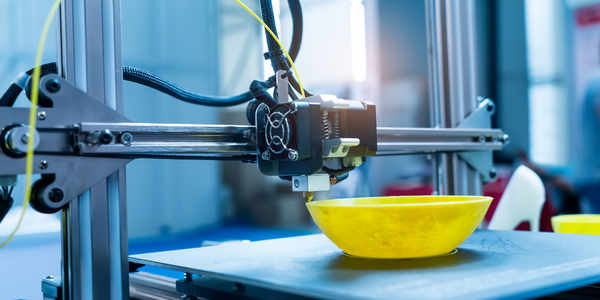技术
- 网络与连接 - 射频收发器
- 传感器 - 射频仪表
适用功能
- 产品研发
用例
- 虚拟原型与产品测试
- 虚拟现实
服务
- 系统集成
关于客户
TibaRay, Inc. 是一家新近注册成立的公司,计划设计、制造和销售用于治疗癌症的下一代放射治疗系统。公司创始人是临床放射肿瘤学、加速器科学、医学物理、成像和射频系统领域的世界专家思想领袖。目前,TibaRay 正在筹集资金,为其 PHASER RT 系统开发完整的原型。假设一切顺利,该公司的产品上市时间为 3-5 年。 TibaRay 是一家初创公司,拥有一些定制组件的有限合同。
挑战
TibaRay, Inc. 是一家初创公司,旨在设计用于癌症治疗的下一代放射治疗 (RT) 系统。现有的 RT 系统面临重大挑战,包括对正常器官的附带损害、需要更高的准确性/聚焦、运动控制以及成本和可及性问题,特别是在发展中国家。 TibaRay 提出的产品 PHASER 旨在解决这些挑战。然而,如果没有详细而准确的工程模拟,PHASER 的设计就不可能实现。现有 RT 系统的具体挑战之一是患者运动,这限制了治疗的准确性。尽管现有 RT 系统在一定程度上实施了运动管理,但 PHASER 的目标是快速提供治疗剂量,从而基本上消除运动的影响。为了实现这一目标,需要设计新颖的射频元件,并需要进行电磁和热仿真。
解决方案
TibaRay 利用 ANSYS 工程解决方案设计用于放射治疗的下一代电子加速器。 ANSYS 仿真解决方案用于设计 RF 线性电子加速器、RF 窗口、RF 移相器和功率分配器。这些组件对于 PHASER RT 系统的最终实施至关重要,它们必须能够处理极高的功率水平。 ANSYS 解决方案快速准确地优化了设计。使用的技术包括 ANSYS ElectroMagnetic Suite、ANSYS HFSS、ANSYS Mechanical 和 ANSYS Fluent。机械模拟由 TibaRay 合作者完成。 ANSYS 软件能够模拟这些新设计,使其成为 PHASER 系统开发的重要工具。
运营影响
数量效益

Case Study missing?
Start adding your own!
Register with your work email and create a new case study profile for your business.
相关案例.

Case Study
Intralox Using Demo3D Case Study
Intralox strives to create significant economic value for our customers by optimizing their conveyance systems. Intralox wants to emulate real-world production environments for end users and OEMs working in multiple industries, including packaging, warehousing, parcel, beverage, brewery, food, tire, and consumer goods. They frequently had to perform physical tests to demonstrate to customers how ARB equipment would handle their products.

Case Study
General Dynamics Uses Wind River Simics to Meet NASA Challenge
In designing and building Fermi, the General Dynamics C4 Systems business unit was faced with a challenge: it needed to provide an environment that could support rigorous testing by multiple Fermi subsystem groups before the spacecraft hardware was available.

Case Study
Revolutionizing Medical Training in India: GSL Smart Lab and the LAP Mentor
The GSL SMART Lab, a collective effort of the GSL College of Medicine and the GSL College of Nursing and Health Science, was facing a challenge in providing superior training to healthcare professionals. As clinical medicine was becoming more focused on patient safety and quality of care, the need for medical simulation to bridge the educational gap between the classroom and the clinical environment was becoming increasingly apparent. Dr. Sandeep Ganni, the director of the GSL SMART Lab, envisioned a world-class surgical and medical training center where physicians and healthcare professionals could learn skills through simulation training. He was looking for different simulators for different specialties to provide both basic and advanced simulation training. For laparoscopic surgery, he was interested in a high fidelity simulator that could provide basic surgical and suturing skills training for international accreditation as well as specific hands-on training in complex laparoscopic procedures for practicing physicians in India.










